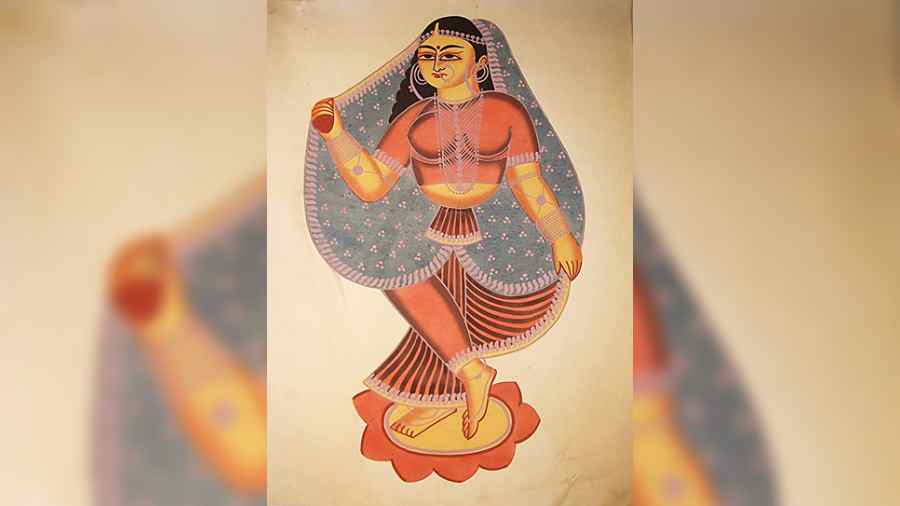Since its inception, the idea of modern India has been an extension of caste society. Historically, subordinate castes faced multiple forms of loss and disenfranchisement. Their performance traditions and practices became objects of appropriation, while the so-called ‘upper castes’ gained prestige, class, and capital. For the exercise of nation-building to be successful, the arts, such as music and dance, had to be re-cast as the nation’s intangible culture and heritage, as ‘pure’, ‘authentic’ practices that dramatized ‘Indianness’. Conditioned by Victorian morality, the deeply politicized reforms of urban, upper-caste Hinduism, anti-colonial anxieties, and the need for a unified nation’s culture untainted by Western and Islamic influences, the Indian elite — the driving force of nationalism — re-formed and re-populated the performing arts. Several music and dance forms were uprooted from the bodies and the minds of bahujan performing communities and grafted on to mostly Brahmin women and men, who were then proclaimed as ‘saviours’ of national art and culture. Tamil and Telugu-speaking Brahmins and the Bengali bhadralok were front-and-centre here.
The themes of nationalism and anti-colonial sentiment were also introduced into these forms in their new avatars, often in a reductionist manner, as signs of the virility of a markedly Hindu Indian civilization. My great-grandfather, Padmashri Vazhuvoor Ramaiah Pillai, who played an important role in this grafting of dance on to the bodies of the new elite practitioners, was one of the first bahujan hereditary dance-masters to compose dances based on the songs of the Tamil nationalist poet, Subramania Bharathi. In addition to the nationalist themes, forms like Bharatanatyam were also identified with projects of Hindu reform and were re-cast as ‘Vedic’ or ‘Shastric’ arts. The distinctly bahujan roots of these art forms were erased from public memory, so much so that generations of practitioners believe that these so-called ‘divine’ art forms have Brahminic origins. The contributions of Muslim courtesans to Kathak, thumri and ghazal as well as of the courtesan castes — the original practitioners of the corpus of court and temple dancing identified today as Bharatanatyam, Odissi, Mohiniyattam and the newly-minted ‘Vilasininatyam’ — have been intentionally invisibilized because these forms today are created, controlled, and performed by largely upper-caste women.
Calcutta was once home to a thriving tawaif culture. While the names of Rasoolan Bai, Begum Akhtar, and Siddheshwari Devi are remembered in the post-Independence art world, the contributions of most other hereditary women artists remain unacknowledged. The turn taken by high culture in apparently ‘caste-less’ Bengal is seldom spoken of as erasure or appropriation. Rabindrasangeet’s appropriation of ‘folk’ music of many communities is celebrated as ‘inspiration’, ignoring structures of power and inequality between the worlds inhabited by these artists and that of Rabindranath Tagore. Tagore’s support of M.K. Gandhi during his fast before the Poona Pact clearly establishes the connections between savarna power structures and cultural nationalism. We must thus think critically about how casteist political interventions informed (and continue to inform) the notions of art, culture, and history in modern India.
Today, celebrated art forms are being turned into vehicles for the propagation of Hindu nationalist politics. But it is not enough to critique only the Hindutva ‘recasteing’ of these forms. We must think back to appropriative and casteist processes that enable linkages between art and radical nationalism.
Nrithya Pillai is a hereditary dancer and activist










